Your cart is currently empty!
Tag: EcoFriendly

Embarking on organic cannabis cultivation involves embracing a holistic approach with natural fertilizers, vibrant soil ecosystems, and sustainable pest control methods. This not only benefits the environment but also enhances the quality of cannabis, offering consumers a cleaner product. Central to this is creating healthy soil using composting, crop rotation, and beneficial microbes. Choosing fish…
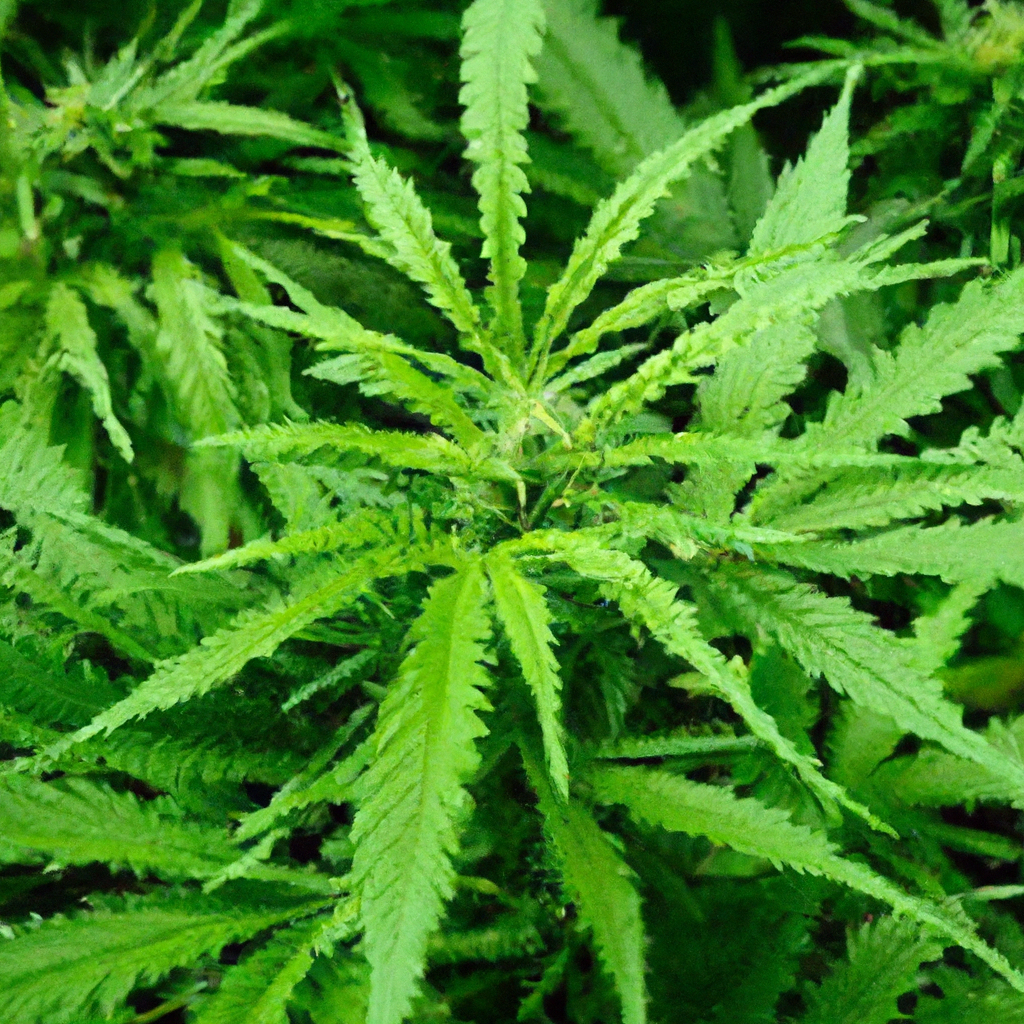
Growing cannabis can be challenging due to pest issues, but sustainable alternatives to traditional pesticides are available. This article highlights eco-friendly pest control techniques, such as using beneficial insects, neem oil, diatomaceous earth, and essential oils. These methods, combined with regular inspections, cleanliness, and crop rotation, can effectively manage pests while promoting a healthy and…
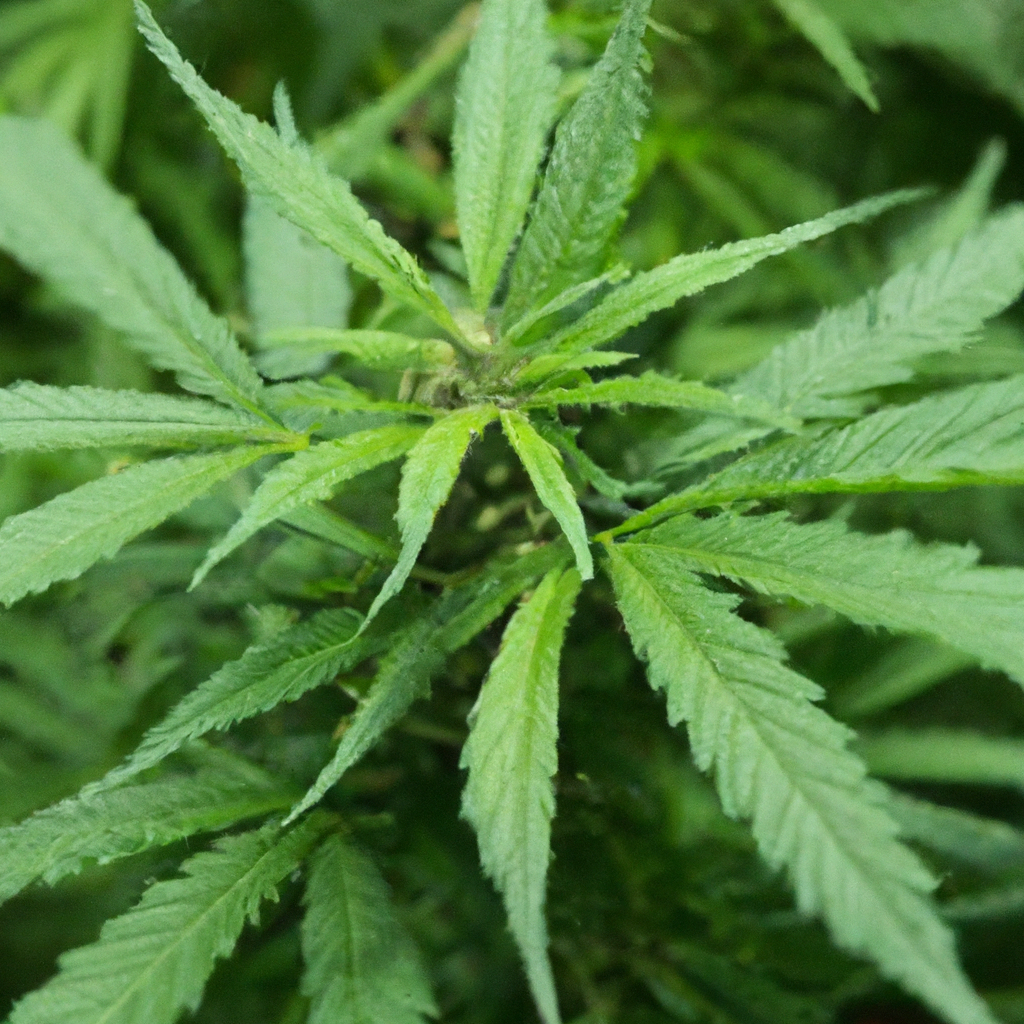
As the cannabis industry grapples with growing environmental concerns, it is increasingly adopting eco-friendly cultivation practices. By implementing sustainable techniques such as organic growing, composting, and integrated pest management, as well as utilizing water management strategies like drip irrigation and rainwater harvesting, the industry aims to conserve resources while producing high-quality plants. Additionally, energy efficiency…

Introducing organic cannabis cultivation provides a sustainable method for producing high-quality cannabis without harmful synthetic chemicals, promoting both environmental health and consumer well-being. This article explores how to enhance soil health using composting, cover crops, and crop rotation, nourish plants with natural fertilizers like animal manure and kelp meal, and manage pests through eco-friendly tactics…
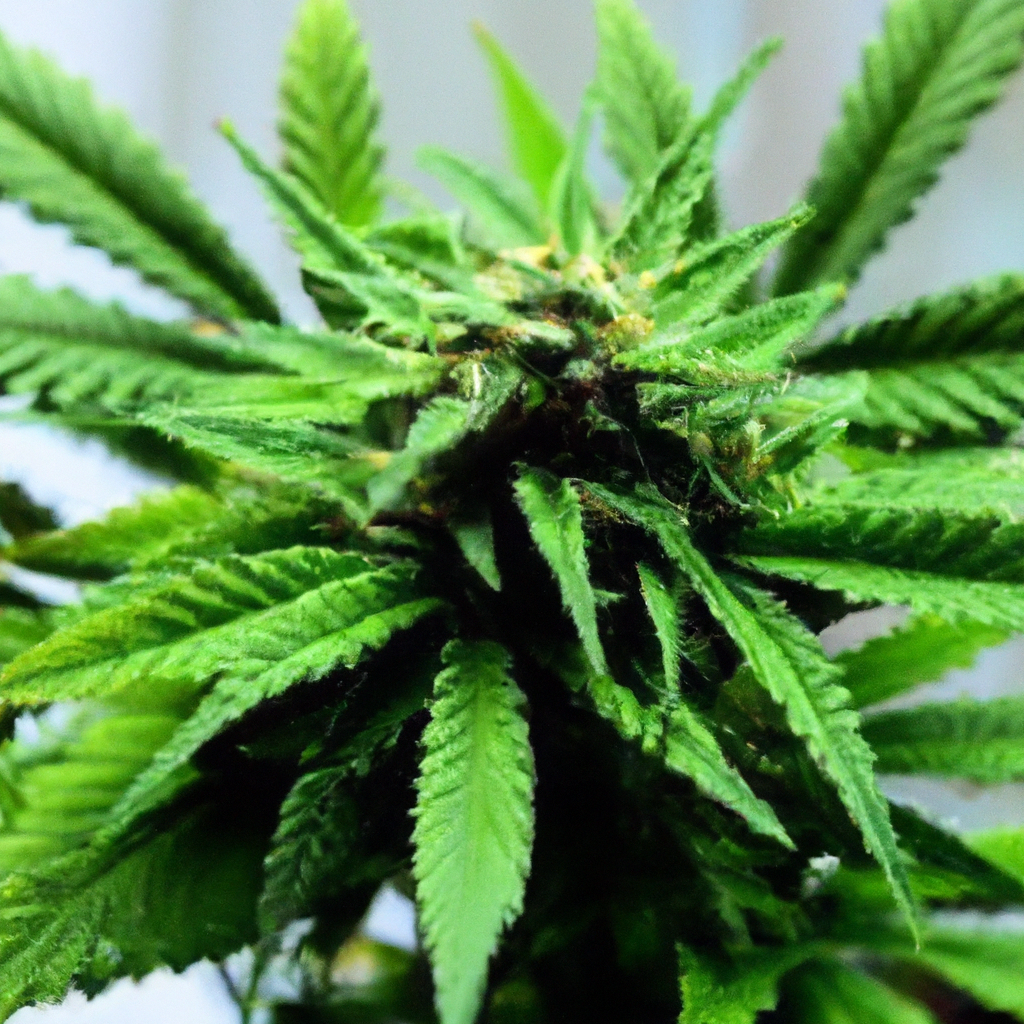
Companion planting is a valuable technique for enhancing cannabis cultivation by promoting growth, deterring pests, and improving flavor sustainably. By integrating specific plants like marigold, basil, clover, and lavender with cannabis, growers can naturally control pests, boost soil health, and enhance the aromatic profile of their harvest. This blog post offers practical guidance on selecting…
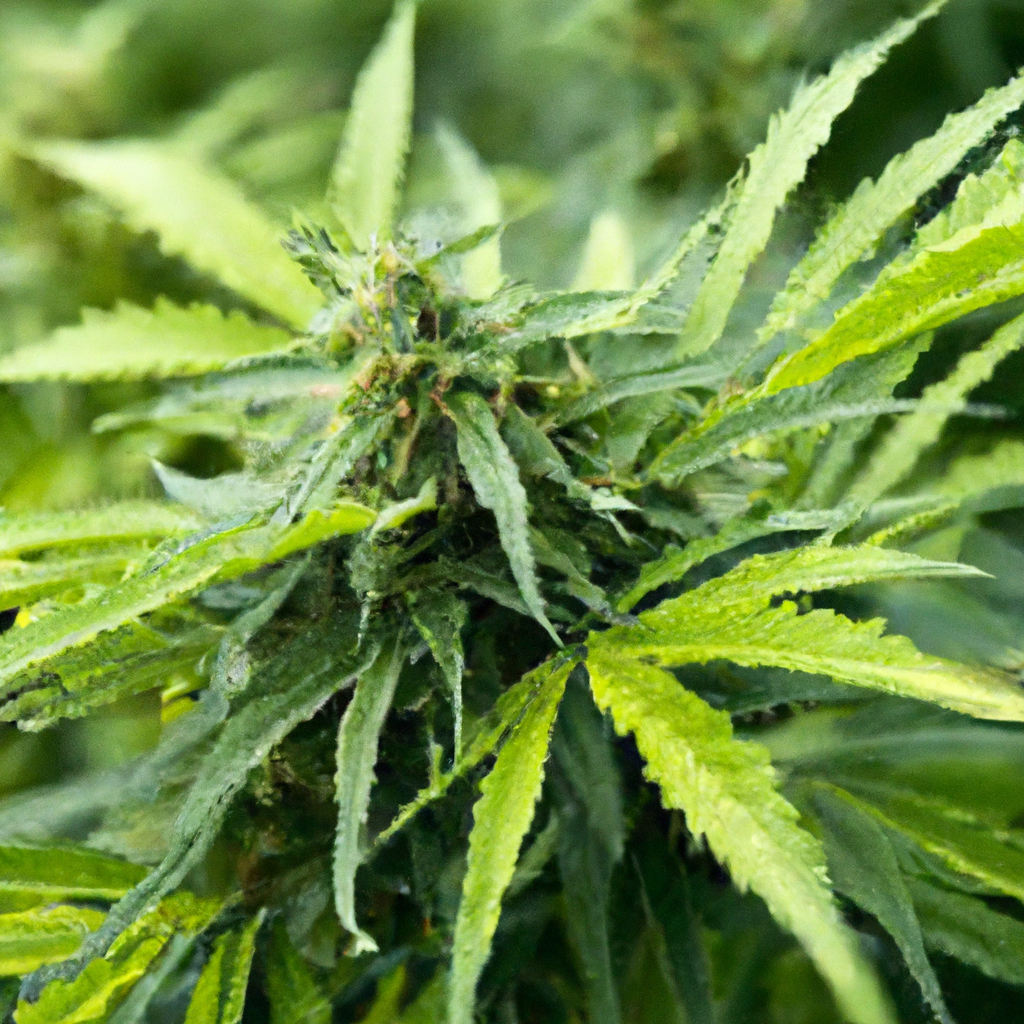
Cannabis is gaining attention for its potential role in environmental preservation and climate change mitigation. With its rapid growth cycle, cannabis effectively absorbs carbon dioxide, assisting in carbon sequestration. Sustainable cultivation techniques are being adopted by farmers, including composting, integrated pest management, water conservation, and renewable energy usage. A case in California showcases a cannabis…
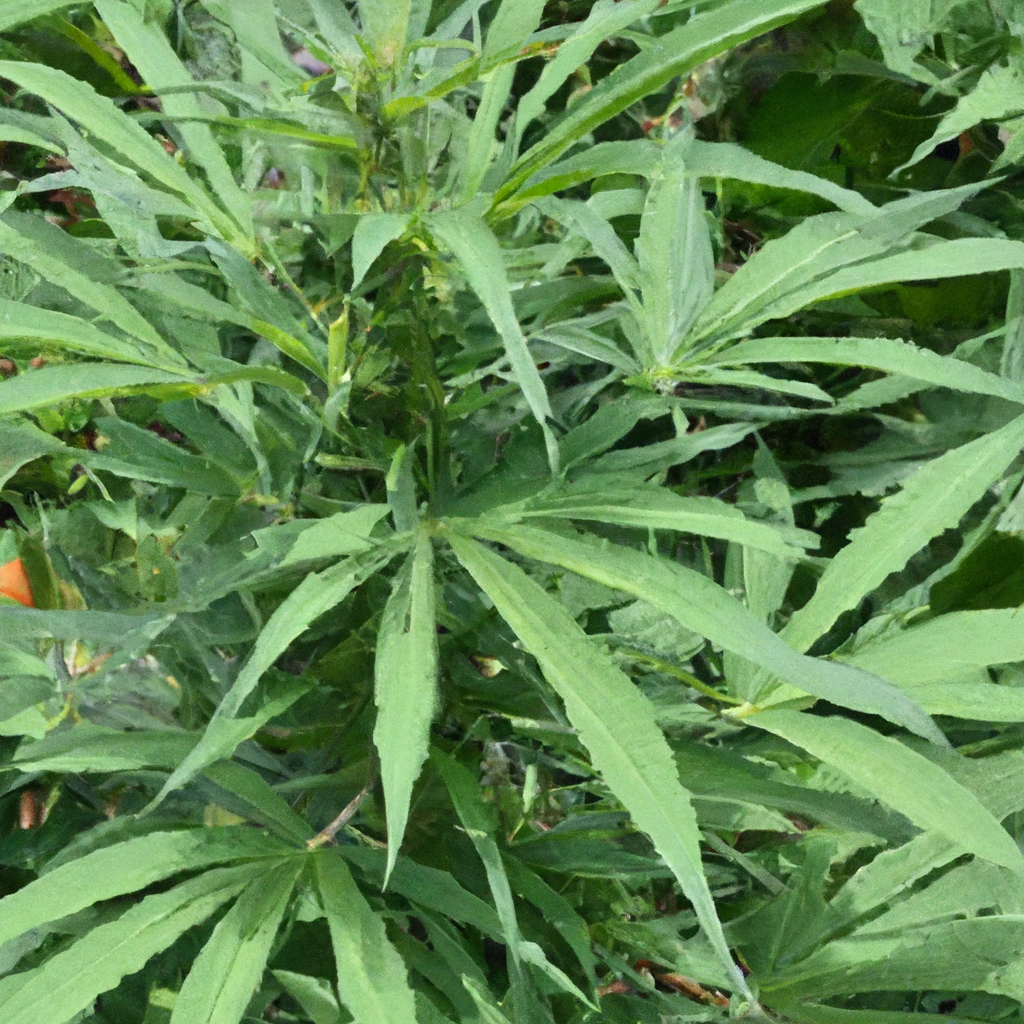
Growing cannabis successfully requires effective pest management. This blog post outlines eco-friendly strategies for integrated pest management (IPM), which combines various techniques to minimize pest damage without heavy reliance on chemical pesticides. Key strategies include cultivating strong plants, introducing beneficial insects, using physical barriers, and frequent monitoring for early detection of pests. A home grower…
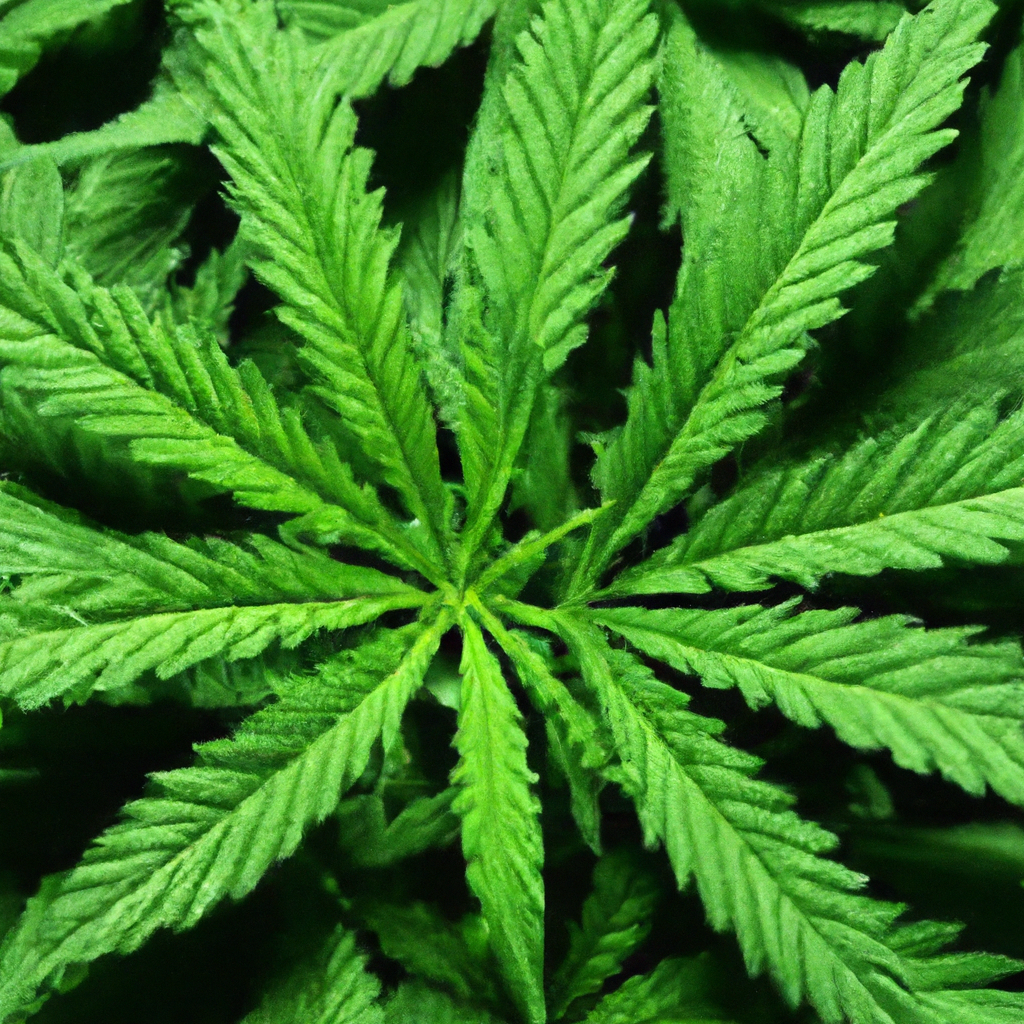
Cannabis is experiencing a renaissance across various sectors, notably in eco-friendly textile production. Hemp, a variety of the Cannabis sativa plant, offers a sustainable alternative to traditional materials due to its rapid growth, low water requirement, and pesticide-free cultivation. Compared to cotton, hemp boasts minimal water usage, no need for pesticides, and higher yield per…
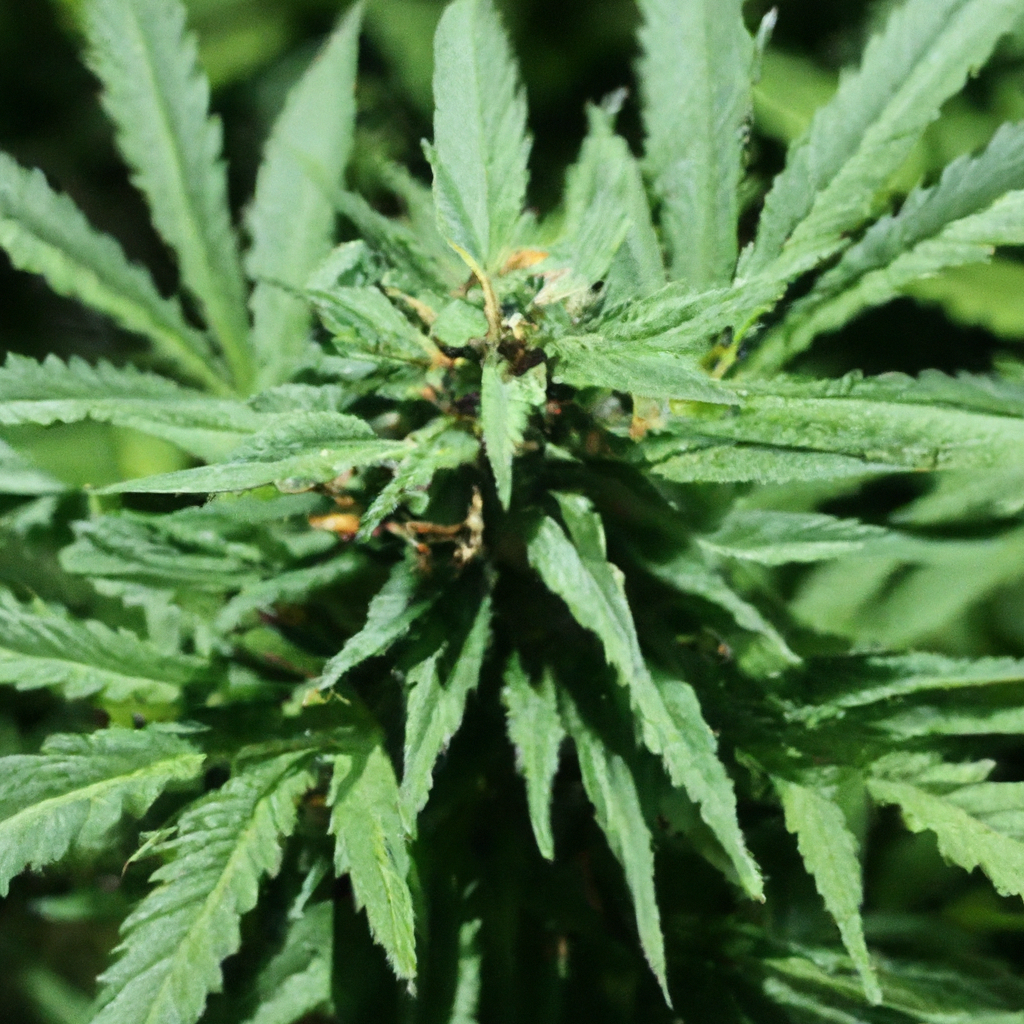
Sustainable cannabis cultivation focuses on efficient resource use, waste reduction, and organic methods to maintain high yields and minimize environmental impact. Key techniques include using organic soil amendments, employing water conservation methods like drip irrigation and rainwater harvesting, implementing integrated pest management with beneficial insects, and utilizing renewable energy sources for indoor growing. Real-world examples…

Cannabis is becoming a key player in climate control efforts due to its carbon sequestration capabilities, particularly in hemp varieties, which capture and store atmospheric CO2 effectively. It also contributes to sustainability through hempcrete, a carbon-negative, durable building material, and its role in promoting biodiversity and soil health. Real-world applications, such as hemp farms in…
